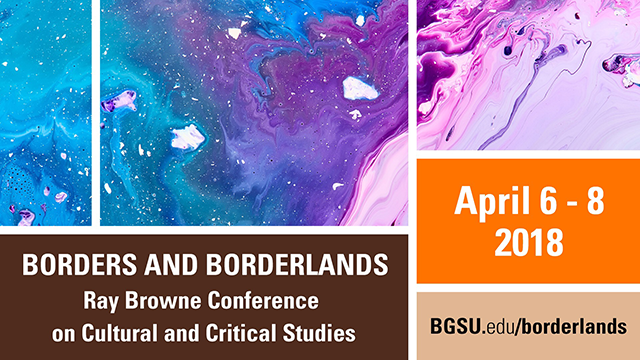
Concurrent Panel Session Eight
Mickey’s Nachos and the Casa de Fritos: Coloniality, White Supremacy, and Mexican Food at Disneyland, CA
Start Date
8-4-2018 10:00 AM
End Date
8-4-2018 10:50 AM
Abstract
With the recent release of “Coco,” Disney has garnered wide praise for its hiring of Mexican and Mexican American artists to produce what one commentator has called a “legit” film that captures the authenticity of Mexican culture (Arellano 2017). Whether it is “legit” or not misses Disney’s historic role in shaping and reinforcing gender and racial hierarchies and in advancing U.S. imperialism (Dorfman and Mattelart 1972). It also fails to address Disney as a capitalist enterprise that seeks to expand markets and make its brand ubiquitous. While scholars have demonstrated the ways that Disney films reinforce racism, sexism, and forced assimilation (Giroux 1999; Gutierrez 2000; Cheu 2013), there have been fewer analyses of Disney’s theme parks and the utopian imaginary that they construct (Cupchoy 2015; Shepard 2016).
This paper examines the ways that Disneyland represents Mexican history and culture in the Mexican restaurants that it has hosted since its opening in 1955. Disney worked with several corporations, including Frito Lay in the 1950s and 1960s and Mission Tortillas in the 2000s, to create an authentic representation of Mexican food and culture. Through a close reading of photos and videos of these restaurants and an analysis of brochures and newspaper articles, this paper shows how Disney multiculturalism reinforces patterns of oppression and domination linked to global capitalism and neocolonial practices. These restaurants caricaturized Mexican food, disassociated it from Mexicans and their histories and cultures, and relegated the labor of women to a minor role.
Mickey’s Nachos and the Casa de Fritos: Coloniality, White Supremacy, and Mexican Food at Disneyland, CA
With the recent release of “Coco,” Disney has garnered wide praise for its hiring of Mexican and Mexican American artists to produce what one commentator has called a “legit” film that captures the authenticity of Mexican culture (Arellano 2017). Whether it is “legit” or not misses Disney’s historic role in shaping and reinforcing gender and racial hierarchies and in advancing U.S. imperialism (Dorfman and Mattelart 1972). It also fails to address Disney as a capitalist enterprise that seeks to expand markets and make its brand ubiquitous. While scholars have demonstrated the ways that Disney films reinforce racism, sexism, and forced assimilation (Giroux 1999; Gutierrez 2000; Cheu 2013), there have been fewer analyses of Disney’s theme parks and the utopian imaginary that they construct (Cupchoy 2015; Shepard 2016).
This paper examines the ways that Disneyland represents Mexican history and culture in the Mexican restaurants that it has hosted since its opening in 1955. Disney worked with several corporations, including Frito Lay in the 1950s and 1960s and Mission Tortillas in the 2000s, to create an authentic representation of Mexican food and culture. Through a close reading of photos and videos of these restaurants and an analysis of brochures and newspaper articles, this paper shows how Disney multiculturalism reinforces patterns of oppression and domination linked to global capitalism and neocolonial practices. These restaurants caricaturized Mexican food, disassociated it from Mexicans and their histories and cultures, and relegated the labor of women to a minor role.

